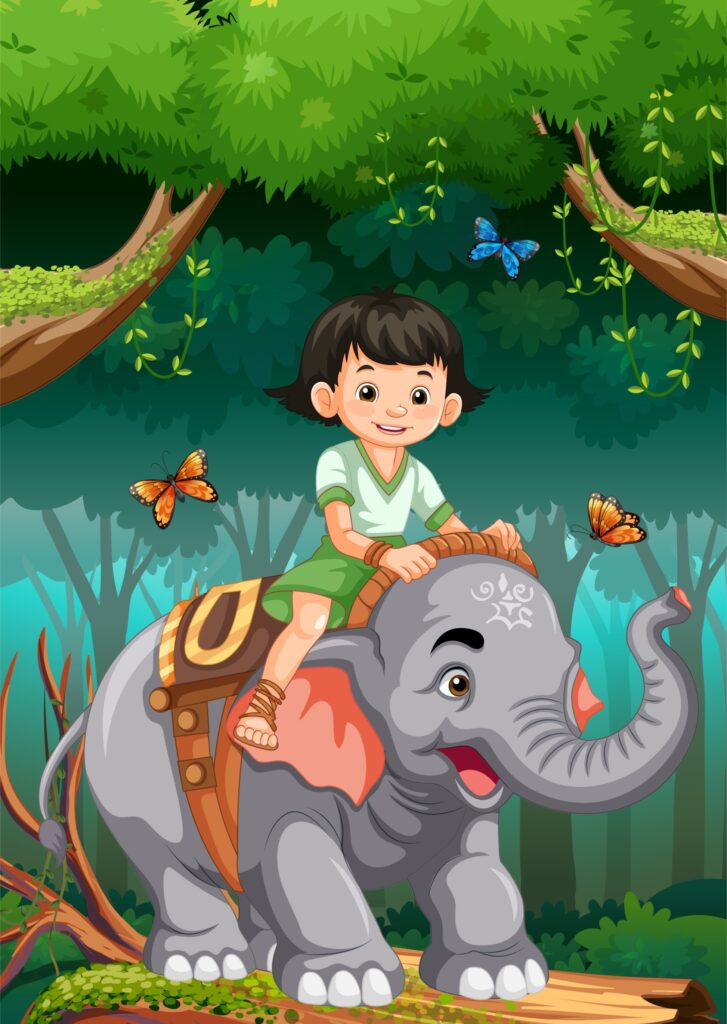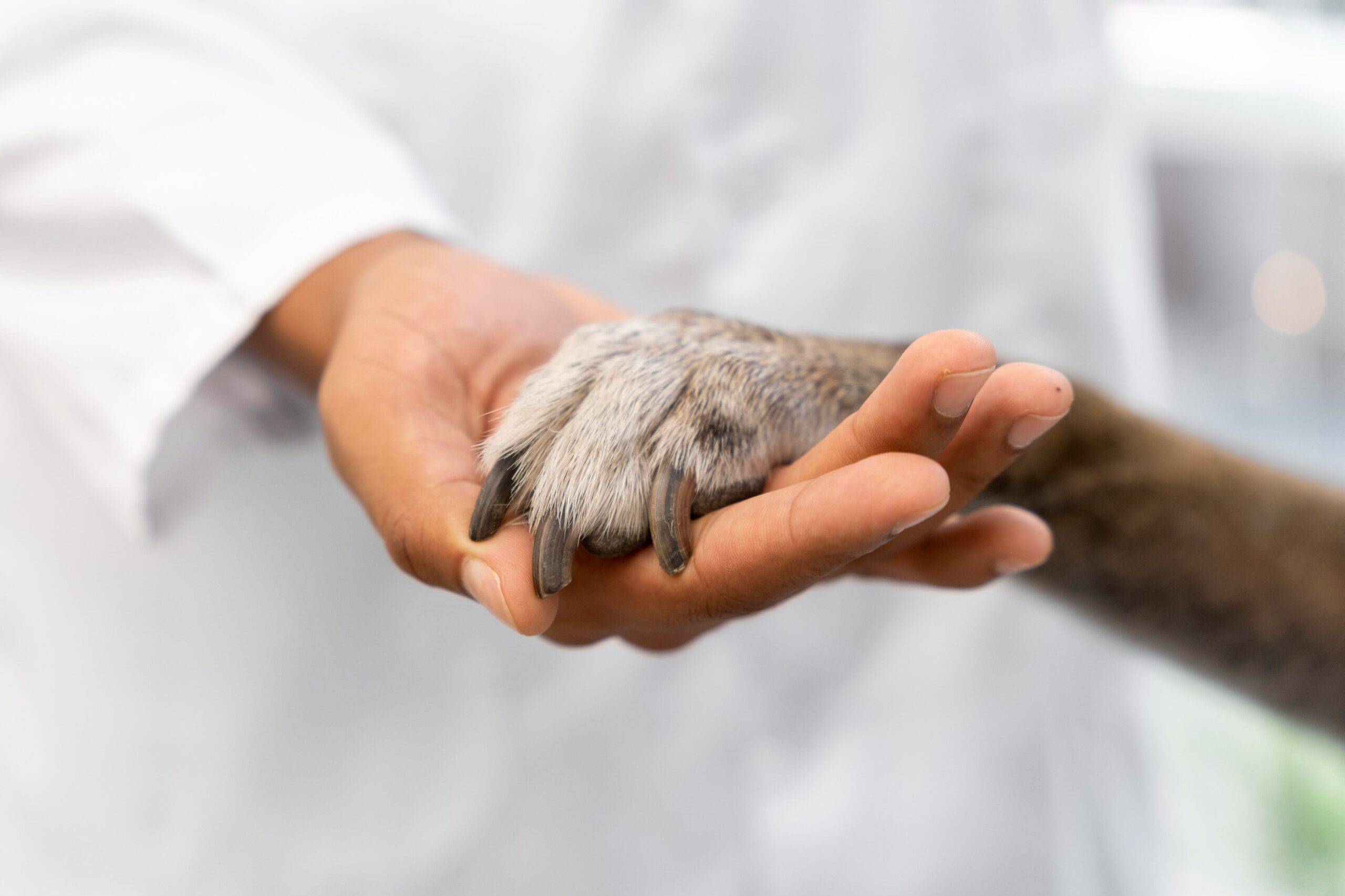The art of telling wild animal stories is an intricate blend of creativity, observation, and a deep connection with nature. It transcends the mere act of narrating events; it encapsulates the essence of the untamed world, inviting readers or listeners into a realm where the boundaries between human and wildlife blur. To master this art is to become a storyteller who not only relays events but also paints vivid pictures with words, allowing the audience to feel the pulse of the wilderness.
It involves choosing subjects thoughtfully, recognizing the charisma in the untamed inhabitants of our planet, and delving into their worlds with respect and empathy. Crafting compelling narratives becomes a symphony of suspense, excitement, and emotional resonance, weaving tales that linger in the minds of those who encounter them. The storyteller, armed with the right equipment, becomes a visual artist, capturing moments frozen in time through the lens of a camera or the frame of a video.
Yet, the art extends beyond personal gratification; it is a responsibility. Ethical considerations and a profound respect for wildlife guide the storyteller, ensuring that the delicate balance of ecosystems remains undisturbed. As these stories find their way into the digital realm, the storyteller becomes a beacon, using social media to share not just tales but a passion for the wild. The art of telling wild animal stories is a journey, a dance between words and the untamed, an invitation for others to join in the awe and reverence for the beauty that resides beyond our civilized landscapes.
Table of Contents

Why Tell Wild Animal Stories?
Telling wild animal stories transcends mere narration; it’s a profound endeavor that bridges the gap between humans and the natural world. As stewards of this planet, sharing these narratives becomes a conduit for fostering a deeper connection with nature. The essence lies in the emotional tethering of experiences—painting a vivid tapestry of encounters with the untamed.
When we articulate the awe-inspiring moments, the heart-stopping encounters, and the sheer beauty of the wild, we invite our audience to embark on a vicarious journey with us. It’s a testament to the innate human curiosity about the unknown, the mysterious, and the untouched corners of our Earth.
Beyond entertainment, storytelling serves as a powerful tool to harness the emotive pulse of the audience. By allowing them to vicariously experience the wilderness through our tales, we not only entertain but also educate. These narratives become a medium through which we convey the importance of conservation, sustainability, and coexistence. The stories of the wild are not just anecdotes; they are a call to action, an invitation to cherish and protect the delicate balance of ecosystems and the magnificent creatures that inhabit them.
In essence, why tell wild animal stories? Because it is through these stories that we become ambassadors of the natural world, weaving a narrative thread that ties us, emotionally and spiritually, to the vast tapestry of life on Earth. It’s a shared journey of discovery, appreciation, and responsibility—an odyssey that unfolds through the words we choose to tell the untold stories of the wild.
How to tell wild animals summary
When delving into the realm of “how to tell wild animals,” summarizing the essence of these encounters becomes an art form, encapsulating the raw beauty and untamed wonders of the natural world. The key lies in weaving a narrative that not only chronicles the observed behaviors of wildlife but also elicits a visceral connection between the storyteller and the audience. In essence, it’s about distilling the intricacies of the wild into a captivating summary that captures the essence of the encounter.
From the majestic to the minuscule, each animal becomes a character in the grand narrative of nature. To master the art of summarizing these tales, one must learn to balance factual details with emotive elements, allowing the audience to vicariously experience the thrill and serenity of wildlife encounters. Whether through written word or spoken narrative, the storyteller becomes a conduit, translating the language of the wild into a story that resonates with those who seek to understand and appreciate the untamed corners of our planet.
It’s not just about recounting events; it’s about conveying the spirit of the wild, fostering a sense of awe, respect, and a shared responsibility to preserve the delicate balance of our ecosystems.
FAQs Tell Wild Animal Stories?

- Can I approach wild animals for a closer look?
- It’s generally best to observe from a distance to avoid stressing the animals. Use binoculars or a camera with a zoom lens for a closer view.
- What should I do if I encounter a wild animal unexpectedly?
- Remain calm, avoid sudden movements, and slowly back away. Give the animal plenty of space to retreat.
- Are there specific times when it’s better to observe wildlife?
- Mornings and evenings are often ideal, as many animals are more active during these times. However, always consider the specific habits of the species you’re observing.
- How can I contribute to wildlife conservation efforts?
- Support local conservation organizations, follow ethical wildlife tourism practices, and educate others about the importance of preserving natural habitats.
- Is it safe to feed wild animals?
- No, feeding wild animals can disrupt their natural behaviors and diets. It may also lead to dependency and potentially dangerous encounters.
Thank you, if you liked this information of mine then do give feedback. Your feedback will motivate me further so that I can give you more information.




